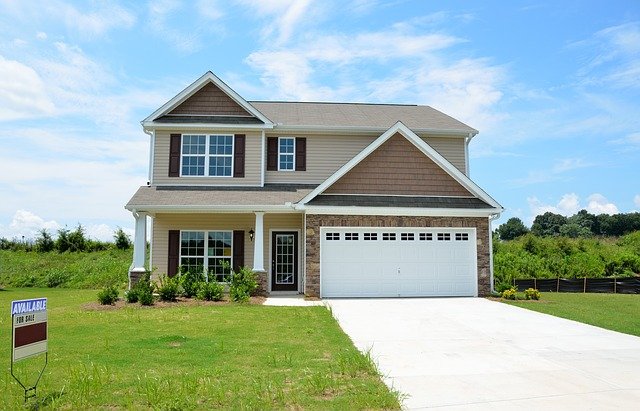Now that you are done with the challenging part of finding a new home, you may be wondering what comes next. Home ownership is a large responsibility, and maintaining your new home comes with an extensive list of tasks. Here’s a list of things you can do after buying a new house.

1. Deep clean and paint
It’s easier to deep clean and paint your new space before moving in. Hiring a deep cleaning service helps you improve indoor air quality and eliminate bacteria and viruses to protect yourself and your family against diseases. Have the cleaners pay close attention to the bathrooms and kitchens, as that’s where mold thrives. Painting your house gives it a fresh look and allows you to add a personal touch. Check out this satin vs. gloss finish guide to learn the appropriate finish for your home.
2. Secure your home
If you’re moving into a house where someone else lived, change the locks. Other security measures you can take include a video doorbell and an upgrade to smart locks. A service plan for house alarms adds a high level of security to your home if you add alarms to all windows and doors, including garage doors and entrances. If you’re using sliding glass doors, install door or glass break sensors to notify you whenever the door is tampered with. To secure your garage, use a smart door opener, add extra locks, or use smart home technology to monitor your garage. If your garage operates using codes, consider changing the security code. Lock the windows using key-operated levers and make them burglar-proof.
3. Create a maintenance plan
Your new house requires regular maintenance to boost the longevity of your home appliances. Make a maintenance plan and find reliable contractors to help you keep in shape appliances like refrigerators, HVAC, water heaters, gutter, and dry horse and vent. This will allow the smooth running of your home. Have the items listed on your inspection list fixed before the problems escalate.
4. Familiarize yourself with your new home
Knowing critical areas of your new house comes in handy in case a calamity occurs. Locate the water shutoff valve and learn how to shut it in case of breakage or leaks. Find the circuit box and ensure that all the fuses and switches are labeled. If your house has a sump pump, test it to ensure functionality. Know where the gas shutoff is in case a disaster occurs or you have a gas leak. If you rely on a septic system to treat wastewater, have it inspected by a professional and create a maintenance routine to avoid malfunction.
5. Consider getting additional insurance
Homeowner’s insurance isn’t enough to cover calamities such as floods and earthquakes. If you live in flood-prone areas, flood insurance protects your home against damages that may arise. The west coast of the U.S. experiences earthquakes, so that earthquake insurance will be ideal.
6. Check the carbon monoxide and smoke detectors
Functional smoke and carbon monoxide detectors help your family safe from toxins. Consider changing the batteries or replacing the entire unit. Ensure that detectors are installed at strategic points like the kitchen and laundry room where fires are likely to break. Consider calling your local fire department to inspect and test your detectors.
Endnote
Buying a new house is exciting, and can make it even more exciting by doing these things.






